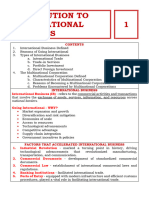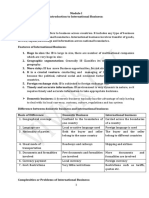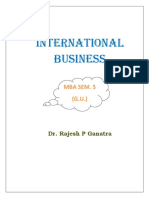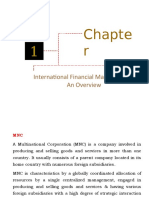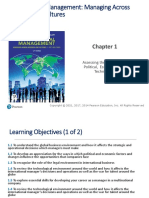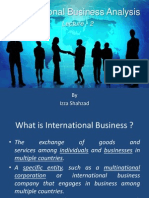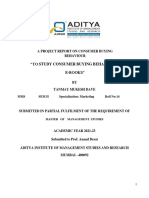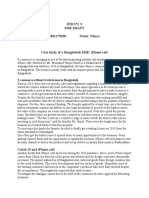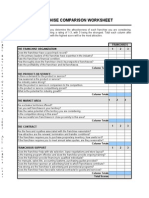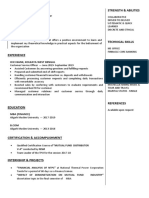0% found this document useful (0 votes)
18 views4 pagesIbm Notes
International Business Management involves planning and controlling business activities across borders, focusing on understanding international markets and legal systems. It encompasses various transactions such as exporting, foreign direct investment, and joint ventures, driven by factors like market expansion and resource access. The document also outlines the stages of globalization, theories of international trade, and organizational structures for managing international operations.
Uploaded by
gaganpanchal2002Copyright
© © All Rights Reserved
We take content rights seriously. If you suspect this is your content, claim it here.
Available Formats
Download as PDF, TXT or read online on Scribd
0% found this document useful (0 votes)
18 views4 pagesIbm Notes
International Business Management involves planning and controlling business activities across borders, focusing on understanding international markets and legal systems. It encompasses various transactions such as exporting, foreign direct investment, and joint ventures, driven by factors like market expansion and resource access. The document also outlines the stages of globalization, theories of international trade, and organizational structures for managing international operations.
Uploaded by
gaganpanchal2002Copyright
© © All Rights Reserved
We take content rights seriously. If you suspect this is your content, claim it here.
Available Formats
Download as PDF, TXT or read online on Scribd
/ 4








